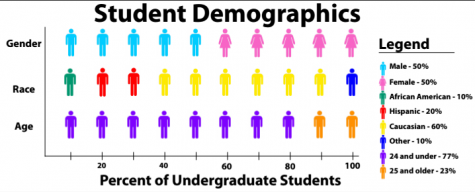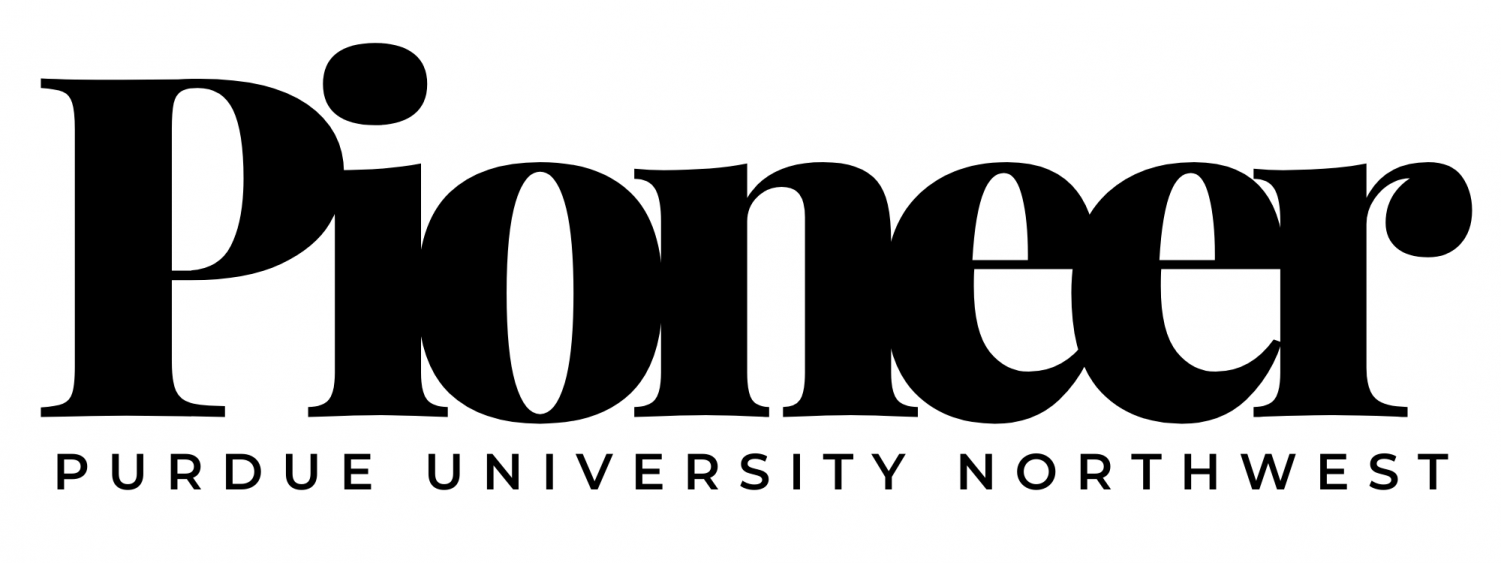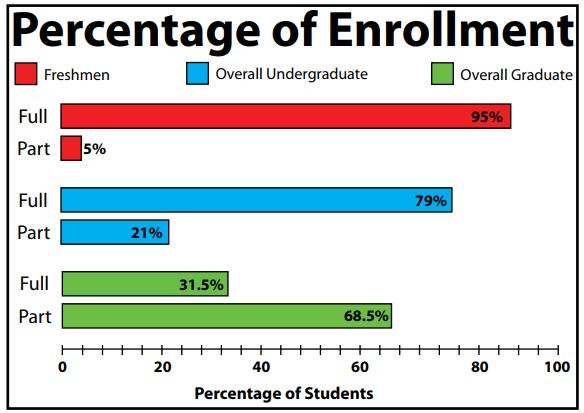Enrollment for Fall 2017
Enrollment continues to drop, finding new ways to increase it
Enrollment on both campuses decreased by 4.4 percent in general fund credits for Fall 2017. Administrators are currently looking for ways to increase enrollment.
PNW has 1,125 freshmen for this year, but had 1,301 freshmen last year.
“This shouldn’t have immediate impact on this year, but what we do need to start thinking is how to budget for next year,” Thomas L. Keon, Chancellor, said at the Faculty Senate meeting on Sept. 8.
Carmen Panlilio, vice chancellor of Enrollment Management and Student Affairs, said she is not worried about the decreased enrollment because high school graduates in Indiana are expected to decline by five percent until 2021. She is instead focusing on the retention rate.
The retention rate increased by 68.2 percent. Last year it was 60 percent. Panlilio said the increase is because incoming students are becoming more traditional and intend to be fulltime students and graduate.
“[The retention rate] speaks to quality of students. It also speaks to the support and engagement that the students are feeling specifically when students are challenged down the road. If there is no engagement or support, then most likely students will leave, but students are receiving the connection with others through clubs and athletics,” Panlilio said.
Panlilio wants to continue to increase the retention rate. National retention rate is 64.2 percent and PNW is currently above average.
However, more juniors and seniors transferred out than freshmen and sophomores, according to Keon.
“Retention when in terms of juniors and seniors was not as good as we would like. We lost 120 freshmen, but we lost more people who didn’t return than that 120,” Keon said.
Panlilio does not understand why more juniors and seniors left, but she has three theories: faculty needs to focus on the engagement and support of students, some students transferred out due to taking next level courses for their graduate program and students possibly left because of the merge between PUC and PNC.
“Our freshman and sophomores started at PNW and don’t have opinions of either legacy campus. They are all in for PNW.”
She plans to have PNW contact the students through a survey. She said PNW will have to wait to see if this is a trend or if it will stop after this year. In the meantime, she wants to reach out to more students.
“More students create diversity for the institution and that is beneficial for all students. This expands perspectives and horizons for all students,” Panlilio said.
PNW plans to establish banded tuition in fall 2018 and possibly develop discounted tuition for out-of-state students through the Midwest Exchange Program. This could help to increase enrollment.
Banded tuition will allow students to be charged for a single-tuition amount instead of being charged per credit hour if they take up to 12-18 credits a semester.
The Midwest Exchange Program would charge outof-state students 150 percent of the in-state tuition rate, according to Stephen Turner, vice chancellor of Finance and Administration. Keon said the tuition of out-of-state would decrease by 1.5 times.
“There are institutions that adjust enrollment through the Midwest Exchange Program,” Turner said.
The Midwest Exchange usually works for establishing discounted tuition states in the Midwest, but Keon announced at the Sept. 8 Faculty Senate meeting that he would want to reach out to all 50 states. International students would not receive the discount.
Turner said nothing is official and the Board of Trustees would have to approve the changes first.
Keon said that faculty needs to spend more time with students and continue to find ways to increase the enrollment.
“I will urge faculty all year to be working and encouraging our students to not only learn but try to enjoy the learning process. We want to be specifically sure that all our students know we want them here and we want them to be successful,” Keon said.



